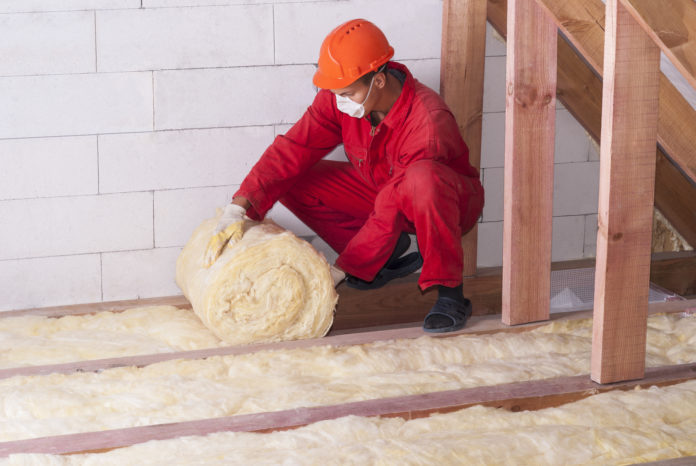Heating and cooling account for between 50% and 70% of the average American home’s energy use.
And all that energy could be going to waste as it leaks into the attic and out of your home.
That’s doubly expensive when you consider your summer or vacation home. Keeping relatively cool or warm as the season dictates even when you aren’t there.
Whether you’re looking to cool the summer rays in the Florida Keys or heat up that little cabin in northern Colorado it’s imperative to find the best attic insulation for your summer home.
Here’s a look at the pros and cons of each type as well as what might make them work for you.
Table of Contents
Understanding R-value
Before we look at insulation it’s important to know how a material’s ability to trap heat and cold is measured.
An insulating material’s resistance to heat flow is measured by its thermal resistance or R-value. The higher the resistance the larger the R-value.
The R-value depends on the type of insulation, as well as its thickness and density.
In general it’s best to shoot for a score between R-30 and R-49. However, the Department of Energy offers a direct guide based on location for the most optimal R-value.
Blanket or Quilt Insulation
This is the most common and cheapest form of attic insulation. It usually comes in rolls of rock, glass or mineral fiber encapsulated in foil.
Because of its ease of installation it’s the favor of DIYers looking to save a little on their heating or cooling bills through loft insulation.
It can also be added on top of current insulation as it’s simply rolled out and can lay on top of other insulating materials.
However, it may be too bulky for smaller spaces and will significantly reduce head height. This is important if you use your attic or loft as extra storage or living space.Discover how to qualify for an ECO scheme external wall insulation grant by reading Warma UK’s guide, ensuring eligibility and potential cost savings for energy-efficient home improvements
Loose-fill Insulation
This is exactly what it sounds like. Usually made of small granular materials like mineral wool, cellulose fiber or cork granules this material is simply blown onto existing insulation.
It’s an easy way to increase the R-value of any home regardless of existing insulation. Even in tight quarters.
However, because it often requires the use of a machine to sort and blow the materials it takes a skilled DIYer or professional to install. It also isn’t as secure as other types of insulation and therefore is inadvisable for drafty attic spaces.
Sheet Insulation
Otherwise known as rigid insulation, these are foam boards made of either natural or synthetic materials. Sheet insulation is the most efficient form in terms of fire and moisture resistance because of their covering.
However, that also means it’s the costliest form of insulation.
But when you are looking to save money, or in a climate that gets extremely hot or cold, the initial cost can be quickly overcome in energy savings. And because it comes in pre-cut sizes and lengths it is as easy to install as blanket or quilt insulation.
The Best Attic Insulation For Your Summer Home
There’s no concrete answer for every person. It all comes down to cost and efficiency.
If your summer home is in a mild climate, a few inches of blanket insulation may be all you need. However, in more extreme climates the costlier but more efficient sheet style may be the best attic insulation for you.
And cost can always be lowered if you opt to install it yourself.
So do some research on which R-value is recommended for your summer home, then take a look at the rest of our site to see if you have the skills to do it yourself.













